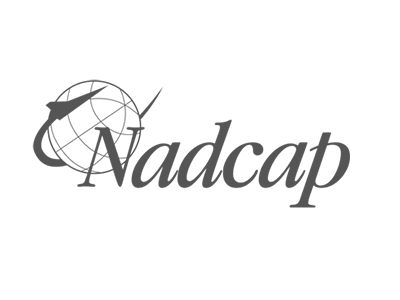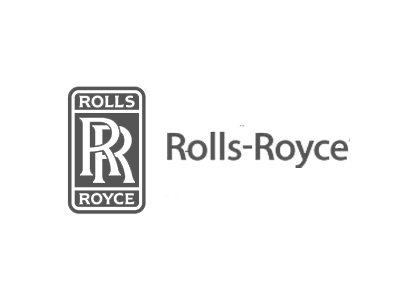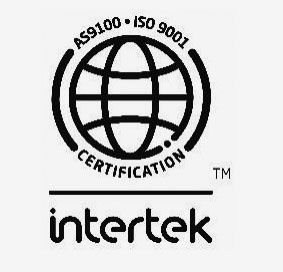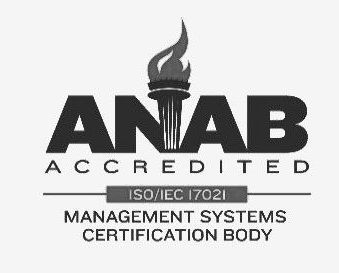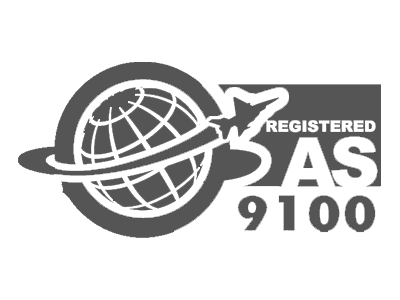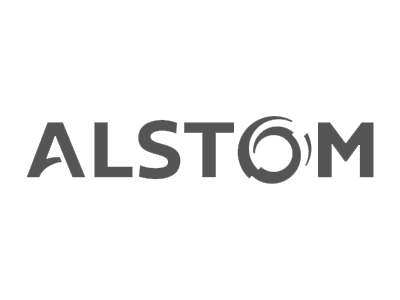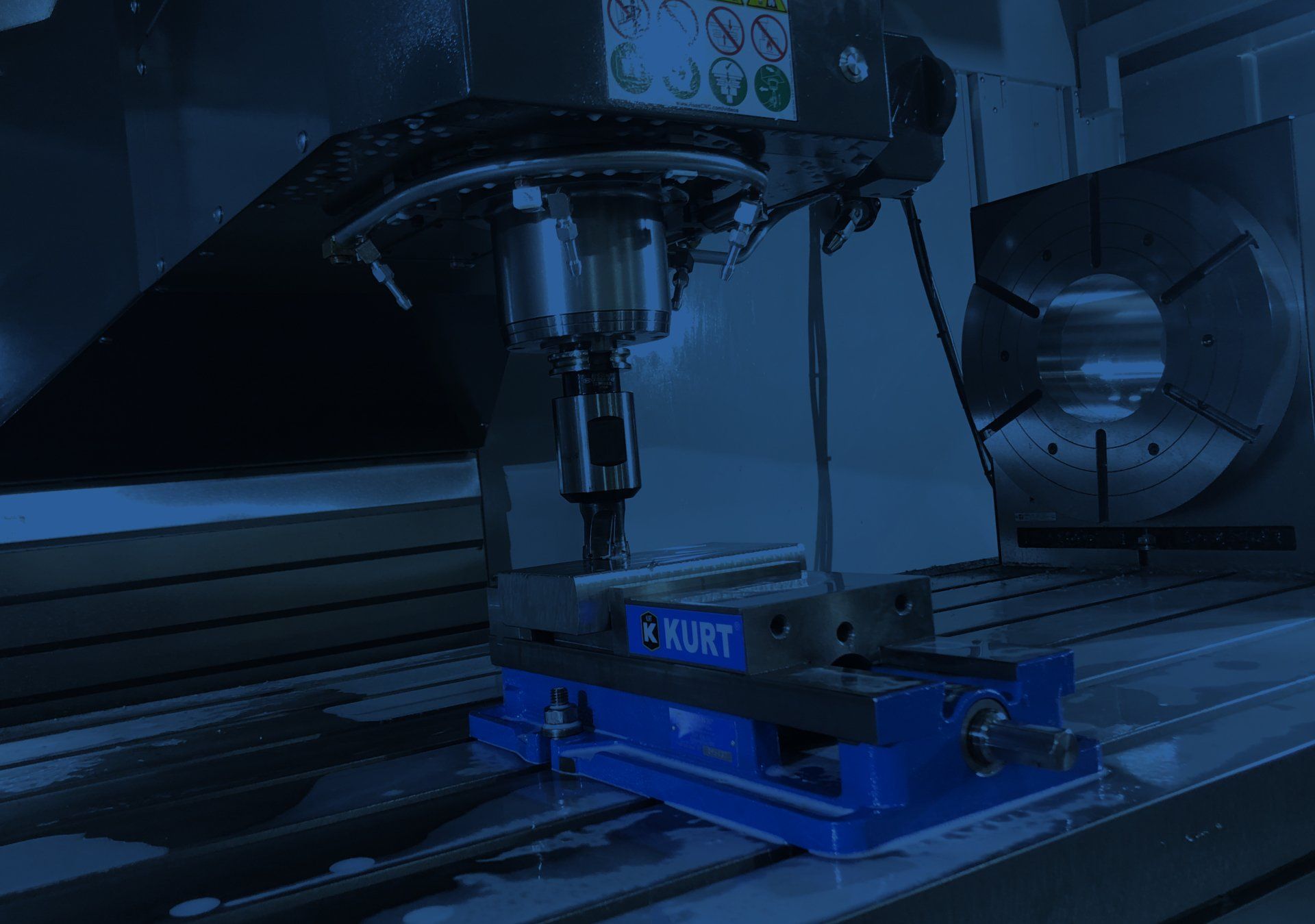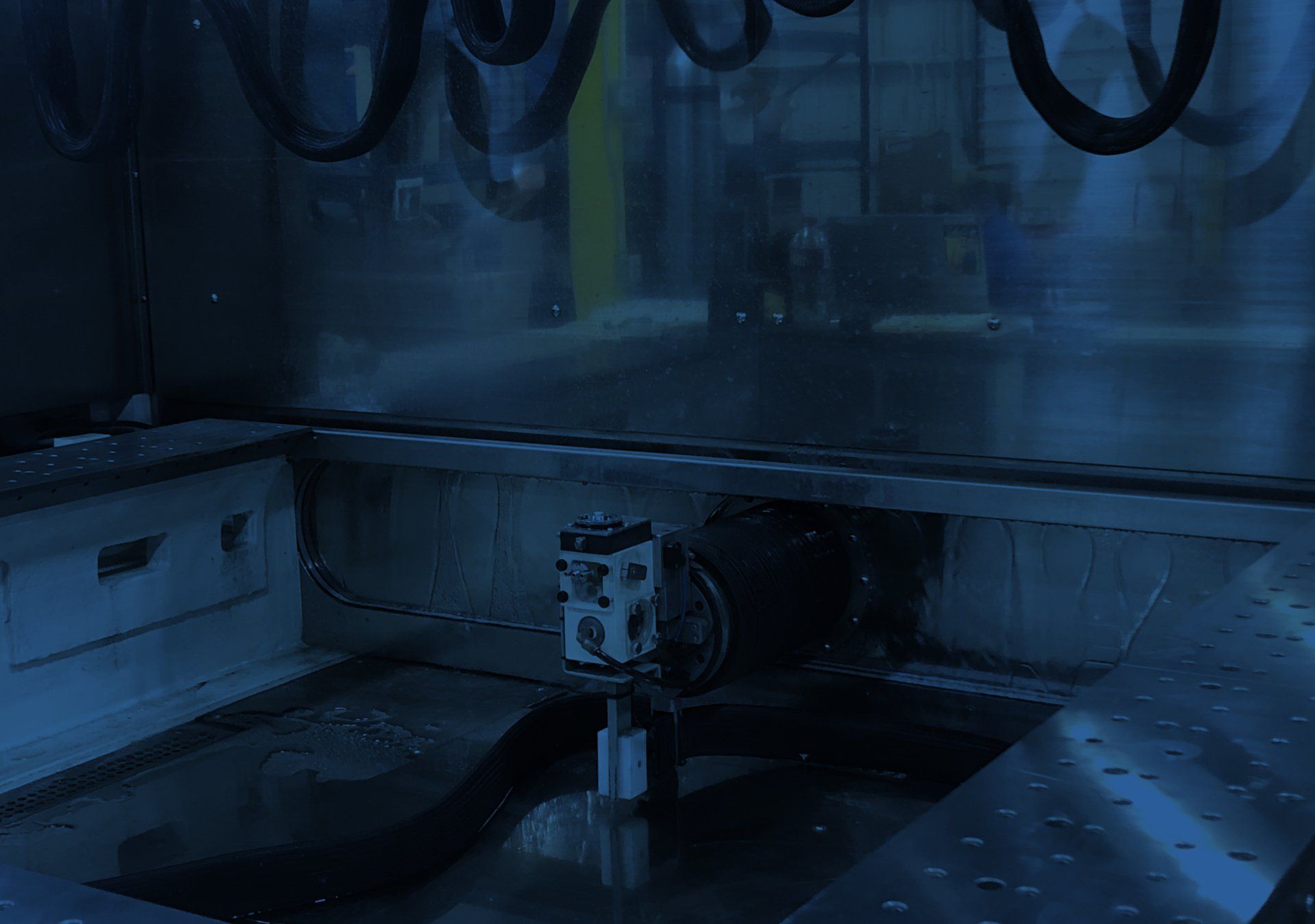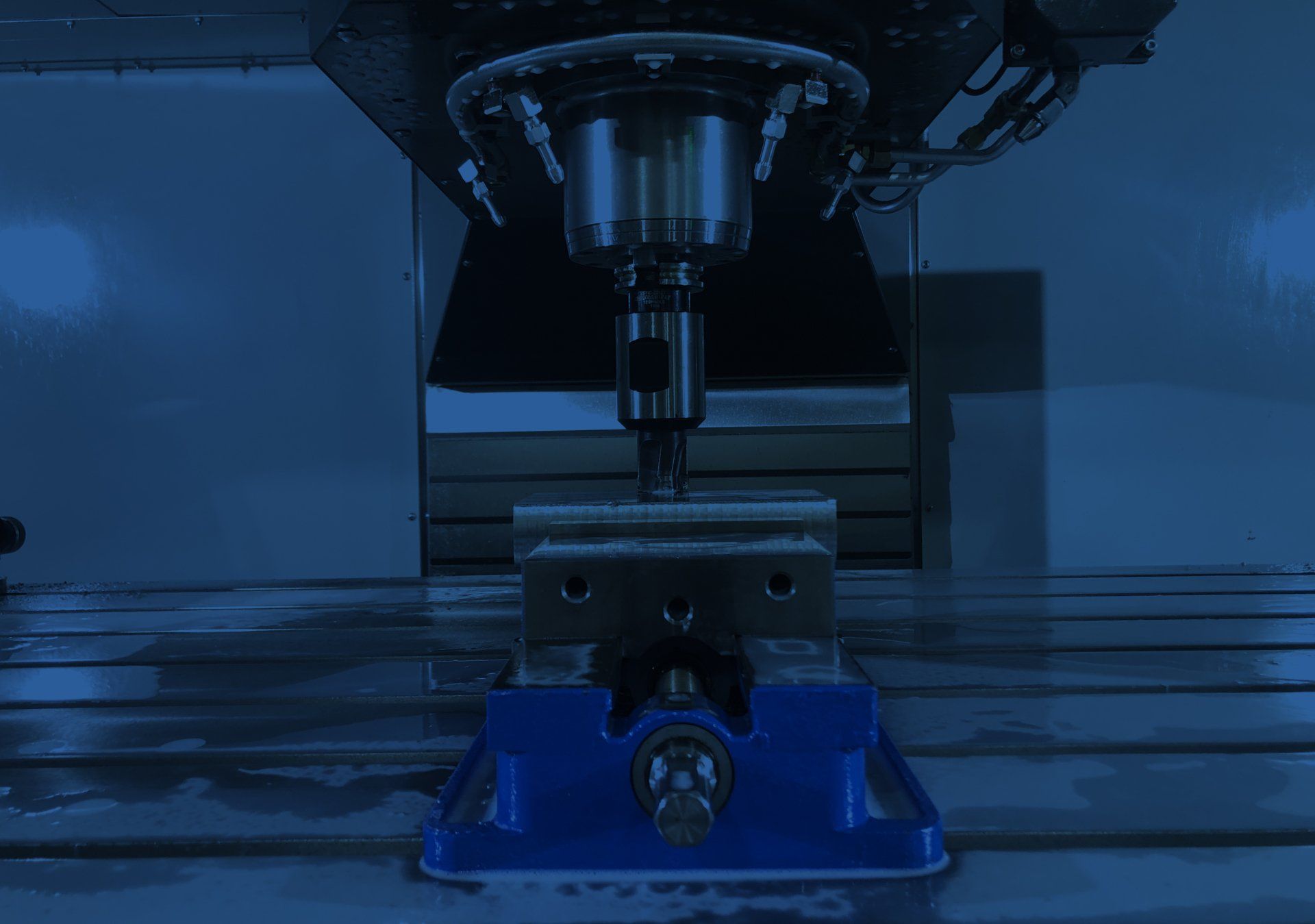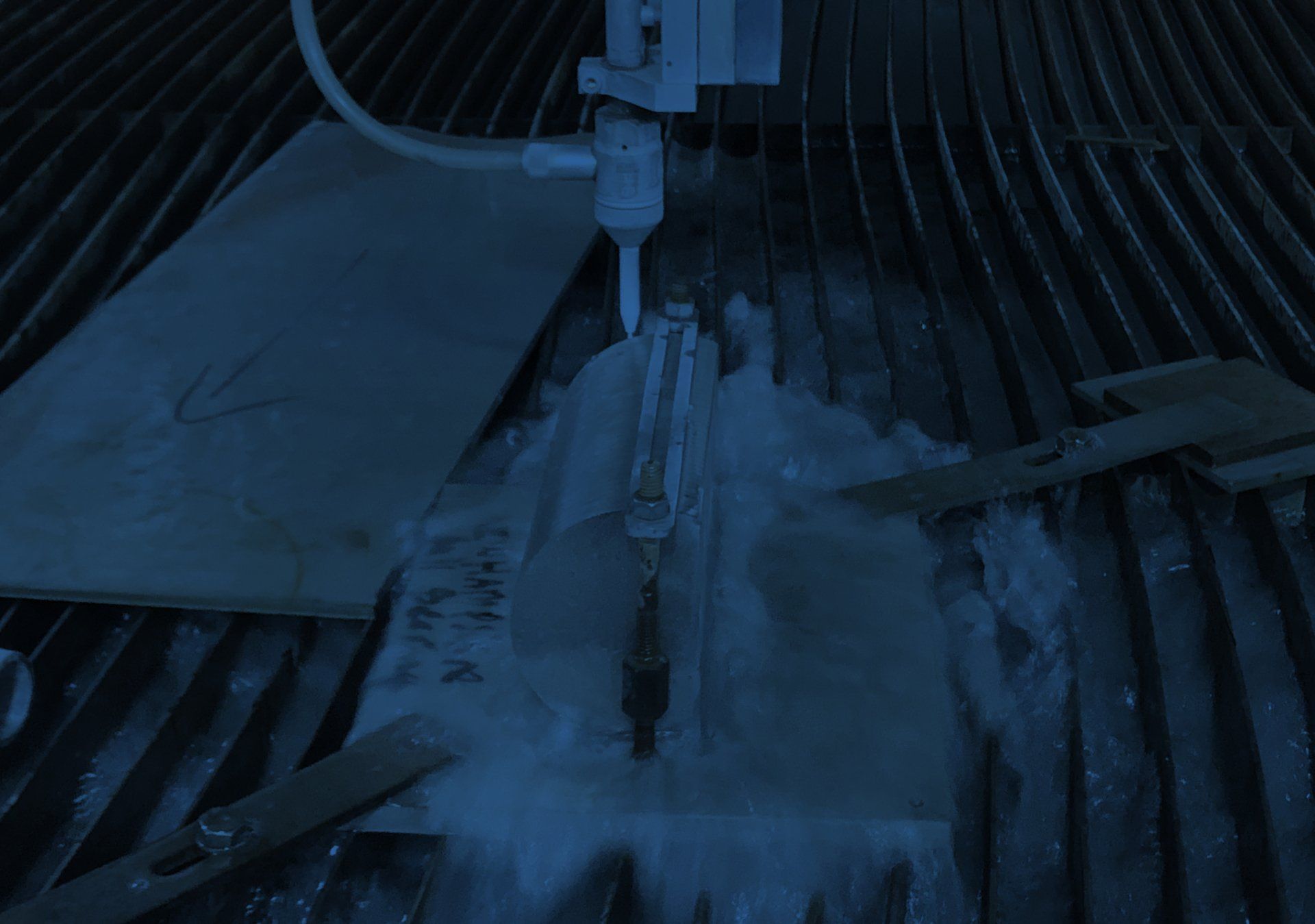The Value of Waterjet Cutting
The Value of Waterjet Cutting
Benefits of Water Jet Cutting
Waterjet Cutting creates superior edge quality
- Typical finishes 125-250 microns – Q1 through Q5
- Dependent upon materials and thickness
- Reduced need for secondary finishing
- No cutter-induced distortion
- Low cutting forces on workpiece
- Limited tooling requirements
- Little to no cutting burr
- Small kerf size (.020″-.045″) reduces material scrap
Waterjet Cutting preserves metallurgical integrity
- No heat-affected zone
- Localizes structural changes
- No cutter-induced metal contamination
- Eliminates thermal distortion
Waterjet Cutting can perform composite cutting – nonmetallic
- Minimal delimitation of edge cut surfaces
- No fraying of edge cut surfaces
- No thermally induced cracking
- No splintering
Waterjet Cutting creates smooth cuts
- No slag or cutting dross
Waterjet Cutting is omni-directional
- Precise multiplane cutting of contours, shapes, and bevels of any angle
Limitations of Waterjet Cutting
- Cannot drill flat bottom, “non-through” holes
- Cannot cut materials that degrade quickly with moisture
- Surface finish degrades at higher cut speeds, which are frequently used for rough cutting
-
About Waterjet Cutting
LEARN MORE -
The Value of Waterjet Cutting
LEARN MORE -
Waterjet Cutting Finishes
LEARN MORE -
The Waterjet Cutting Process
LEARN MORE
Contact Us
Contact Us
Thank you for contacting us.
We will get back to you as soon as possible.
We will get back to you as soon as possible.
Oops, there was an error sending your message.
Please try again later.
Please try again later.


